Interview with The Coffee Couple
Every once in a while you meet someone who really knows their stuff and loves what they do so much you can’t help but get excited when they talk to you about their subject. In this case, it wasn’t someone, but a couple who call themselves The Coffee Couple and I had the opportunity to interview them about their favorite topic – espresso or what they call coffee.
Andreanne Hamel and Luc Cloutier have been a couple since 2004, and have been The Coffee Couple since 2006. They live in Sherbrooke, Québec, where they both work from home on their online business which is now dedicated to making great espresso and espresso drinks at home.
Luc, age 32, started drinking coffee in college as a means of keeping awake long enough to study. He used to drink instant coffee and drip coffee. He was first introduced to espresso by a colleague who had the habit of ordering espresso in every restaurant they went to. He became a proud espresso machine owner shortly after.
Andréanne, age 26, didn’t drink coffee at all until she met Luc at University. She claims he charmed her by preparing a cappuccino for her. Introduced to the world of coffee by Luc, she has never since stopped enjoying a daily cup or two.
This first part of the interview is about how to make a great cup of espresso and what are the many factors that will affect the final outcome. The second part of the interview can be seen on my Espresso Machines page and looks at 3 different types of machines for making espresso and which might be right for you.
Hi Luc and Andreanne, how did you come up with The Coffee Couple?
Andreanne: Hi Gary, we’re happy to share our story with you. The whole idea of starting a business hit us in the summer of 2005. Although we had been together for only a year, we already had big plans for our future, including a big Caribbean wedding and starting a family. We had written our goals on paper and decided that to live the lifestyle of our dreams, we needed to build a business that would be successful enough to help us achieve our goals.
Luc: We established pretty soon that the business would be an online one, as it is so convenient to work from home or from anywhere else in the world, for that matter, as long as there is an Internet connection. And the topic of coffee imposed itself, because it was the field in which we already had the most knowledge and experience, and really, we just love coffee!
Andreanne: So that’s how we came up with The Coffee Couple.
How long have you been The Coffee Couple?
Luc: We met in 2004 in University. I was doing a Bachelor’s degree in Jazz music, and Andreanne was doing her Bachelor’s degree in physics. She’d taken a class on the history of jazz. We started working on the concept in October 2005 and launched the web site My-Best-Coffee.com in January 2006. So it’s already been over 3 years that we’ve been The Coffee Couple.
Your site, My-Best-Coffee.com is filled with great information for everyone who drinks coffee, espresso, latte, and cappuccino. What was your reasoning for creating this site?
At first, it was a big web site that covered coffee beans, coffee makers, espresso machines, accessories, coffee-of-the-month clubs, grinders, tampers, coffee gift baskets and a whole lot of other related stuff. It had become a source for lots of general information and fun facts about coffee, and we felt there were not enough specific, truly useful nuggets for people who wanted to figure out which kind of coffee maker they really needed.
So the site has tremendously changed since the initial version, and now it is focused at helping our visitors quickly and easily understand the differences between the 4 main types of espresso machines.
Let’s start with the basics. What makes a good cup of coffee or espresso?
Before talking about which espresso machine makes the best espresso and go on with technical details, two things are vital for making a good cup.
- Always use only the freshest and the best quality Arabica coffee beans. The better your ingredients, the more flavors you will have in your cup. So find a good coffee roaster. If you are not sure that the coffee shop near you roasts its beans itself, just ask them or trust your nose, it will tell you. A roast master will be able to give you the ideal roast for your beans.
- Next, the grinding process. Once you have chosen your beans, usually they ask you if you want them to grind your beans, and if yes, which size you want it. You don’t have a clue? No panic attack required! Tell them which kind of espresso machine you have at home and they will know which coarseness is appropriate.
While your beans are being ground, ask them which grind size they used. Next time, you will be in control of your grind and you may choose to change the size if you wish. The right coarseness is a big factor during your espresso extraction process. If the grind is too coarse, you will have a watery espresso; too fine and it could clog up your basket, allowing no water to run through, or the water could even burn your coffee because of its prolonged contact with the coffee.
How much does the equipment you use to make coffee affect the overall taste?
There are many different kinds of coffee makers that give a wide range of tastes (bitterness, aroma), strengths and caffeine content. For example, a percolator gives very strong coffee with sky-high caffeine content and a certain bitterness, because the water runs through the coffee grounds several times, whereas a pump-driven espresso machine extracts very quickly just the aroma of the beans, less caffeine, and little to no bitterness. And in between these two extremes can be found drip coffee makers, French presses, vacuum and stove top models, each leaving their own signature in a cup.
To have a machine that pulls great shots time after time is wonderful but a qualified person behind that machine is much more important.
Are there some coffee makers better than others? I don’t mean brands, but different styles like percolators, drip, automatic, and press.
All these types of coffee makers produce different tastes. Which one is the best? Which taste do you prefer?
Let’s start with the ones that let the most caffeine in your cup.
The Percolators. If you need a big boost of caffeine this machine is a perfect match for you. But the taste tends to be bitterer than any other coffee maker. That is because its brewing system recycles the coffee over and over again to keep brewing.
The French Press: It’s a method where you soak your coffee grounds in water and use a piston with a mesh on its end to press the coffee to the bottom of the circular carafe. The coffee is in direct contact with the water. In the beginning when you press the piston, you have to wait a bit to let the coffee get extracted, but after a couple of minutes your coffee becomes stronger and bitterer because the coffee stays in contact with water the whole time.
Drip: This machine is perfect if you need to make 20 cups of coffee at once and you want stay awake late. This is what we call a filtered coffee. The extraction occurs thanks to gravity, pulling the water downward through the filter. They serve it everywhere. Most people put milk and sometimes sugar in it to improve taste, and I used to agree with them. The drip coffee maker is convenient when a large coffee volume is required to be produced in a limited time.
Stove top: This is the most affordable kind of espresso maker. It extracts coffee under the pressure of water vapor and produces the coffee with the less bitterness and most aromas compared to the three other I just mentioned, and you can easily taste the smooth flavors of the beans. These espresso makers come in all sizes from 1 cup to 18 cups, so there’s always a right one for the occasion. If you want to enjoy a really good coffee in large quantities, go with a stove top (Bialetti or Vev Vigano) model, you won’t be disappointed.
Pump espresso machine: This is considered a “real” espresso machine because the presence of a pump makes it possible to build up enough pressure to brew the coffee in the ideal time. These machines can almost always brew one or two cups at a time, and present the benefit of depositing crema on top of every shot. Crema is the golden layer of foam that you get on top of your cup when you order an espresso in a restaurant. It adds texture and extra aroma to the espresso.
What makes one method better than another?
If you want to get the most from your coffee beans, you definitely should choose to brew them using either a stove top espresso maker or a pump espresso machine, and this is why we chose to focus our web site on these two categories.
Then a few variables are key to getting good espresso. Tamping, pressure, temperature and extraction time are factors that require attention to make good coffee. You need to have control over these factors and the brewing method that allows you to do it is a pump espresso machine. All the other methods described above fail on one or more of these factors.
What about the coffee bean itself? How much does that factor in the overall flavor?
It’s the corner stone for a good espresso. You need freshness and quality coffee beans. Same rules when you cook. The fresher the ingredients, the more flavor in your plate. But remember that in your cup, there is only 2% actual coffee, and 98% of it is water. So you need to pay attention to water as well. Filter your tap water and you’re all set.
I grew up with my parents drinking Maxwell House coffee from a can. Even though I didn’t like the taste of coffee as a kid, I remember opening the can of coffee for my mom and loving the smell that hit you. That smell never lasted very long so I’m wondering if the same is true for the taste?
That’s a very important point. Whole coffee beans can be kept for a while after they’ve been roasted. The surface will oxidize a bit, but the inside will be ok. But, a coffee that has been ground starts to stale within a few minutes, and loses its flavor more rapidly than a whole bean. For practical use, ground coffee can be kept at room temperature in an airtight container for about a week. After that, the deterioration of the taste is very noticeable.
How should we be buying our coffee?
For optimal coffee, you should buy professionally, freshly roasted beans from a coffee shop where they roast their coffee themselves.
Should we grind it at the store or is buying a grinder a better option?
Obviously, a great thing of grinding your coffee at the store is that you don’t have to buy a grinder. Down side is that you now have a large quantity of ground coffee that starts losing its freshness almost immediately.
Also, your coffee is being ground in the same grinder than every other client before you. So your coffee will be slightly blended with oils from all the other beans the grinder has ground, which will change the taste of what you buy. The other thing is the maintenance of these grinders: when was the last time the grinder was cleaned? We just don’t know.
Buying your own home burr grinder: this is the best move to do if you want to improve the freshness and taste of your cup of coffee. You will be able to keep your coffee in whole beans, try different grind settings at every cup to fine-tune it, and maintain your grinder properly.
At the store they have coffee grinders with a selection of grinds, but most home coffee grinders, except the new one I was just given as a gift, don’t give you the option to choose a grind so how important is this selection?
This is very important! I think we need to explain the difference between blade grinders and burr grinders. In stores you will always find a burr grinder. These are the ones with the different settings, and they work on the pestle and mantle principle.
Cheaper grinders for home use have blades instead of a burr, and the coarseness of the coffee will depend on how long you keep the grinder activated. But beware, these blades scorch the coffee beans and don’t give an even grind. You end up with larger and finer grains and there’s nothing worse that that for brewing.
So the ideal solution is getting a grinder like your new one, a burr grinder, and then you can play with the grind a little because every coffee machine has its own needs. Being able to set your grind is a real advantage. If you only have a blade grinder, then we definitely recommend having your beans ground in store. Use your blade grinder to chop nuts and seeds.
When would you prefer an extra fine grind to a coarse grind?
Grind sizes vary from coarse for percolator to medium for a drip coffee maker, fine for a stove top maker, and even finer for a pump espresso machine. But even for an espresso, the grind size could change from one espresso machine to another. You have to test it with your machine.
What is the difference between a blade grinder and a burr grinder and is one more advantageous?
As mentioned, a coffee bean shouldn’t be cut by blades, but crushed by a burr.
Blade grinders tend to over heat the bean and chop unevenly. When using a blade grinder, you will end up with chunks of beans mixed with beans that are reduced to powder. Your espresso won’t be brewed properly.
The burr grinder assures you the perfect grind without excess heat. No coffee bean powder and no big coffee bean chunks.
I have heard “coffee dust” is not a good thing. What is it and why is this so?
Hmmm! Never heard of that! Perhaps you are referring to extremely finely ground coffee. In this case, no method of extraction could avoid burning the coffee as hot water would pass through, if it passed at all. In the case of espresso, when coffee is too fine, water stays “stuck” in the coffee grounds for lack of space between grains, and it’s impossible to pull a shot. All it does is clog up the filter and create pressure leaks. So you’re right, it’s not good…
And how should we be storing our coffee?
In an airtight container away from direct sunlight.
Can you freeze ground coffee or coffee beans? Does it help preserve the flavor?
There are two different schools of thought on this topic, but one thing agreed upon is that a coffee bean doesn’t like moisture. Everybody agrees it should be illegal to freeze ground coffee. It will stale as quickly as at room temperature, and the moisture will freeze up and crack the grains even more.
If you absolutely must buy in large quantities, then it is recommended to brew your cup as soon it is ground to maximize the flavor of your coffee. The ideal situation is to buy only the coffee you will consume within a week, keep them in an airtight container away from light and grind just what you need for each espresso.
Espresso fanatics tend to do it, but the occasional espresso drinker might find that it’s too much hassle.
We do not recommend storing your beans in the refrigerator, but if you really don’t have a choice, for example you have to drive hours to find a coffee shop, you could store your whole beans only in the freezer for up to a month, but make sure they’re properly packaged in an airtight container.
What about flavored coffee? How do they get the hazelnut flavor into the coffee bean?
An interesting fact is that hazelnut flavored coffee is one of the most popular flavors among consumers, followed by Irish cream.
Chemical solvents are used to mimic the natural flavors. The flavor is applied when the beans are still warm from the roasting process.
Tips: Companies sometime use these chemical flavors to camouflage the bitterness of of poor quality beans. To maximize the quality of your cup, use flavored syrups that you add to your regular cup of coffee instead of brewing from flavored beans.
What types of coffee should we be buying if we like our coffee Strong, Medium, or Light?
The regions where the beans are cultivated have a big impact on the body and acidity. There is a parallel to be made between wine and coffee beans. When you read words like strong, medium and light it would refer to the weight of the beans (heavy body, medium body or light body). You can use rich or dark too. Another aspect is the acidity (high acidity, medium or low acidity) that can affect the aroma, the flavor and strength of the bean.
For example, you can find a coffee that has a strong body with a low acidity. The Ethiopian Coffee Harrar is one of them. Or vice versa: a bean that has a light body with high acidity, like the Guatemala coffee. You can find all different combinations between heavy, medium and light body, and high, medium and low acidity. So the natural aromas that can be from a coffee will depend on the origin of the coffee.
Another aspect to consider is the roast itself. Usually, the less your bean is roasted the more caffeine it contains and the most of its origin flavor you will taste. A dark roasted coffee will lose a part of its origin flavors and caffeine but you will put a nice smoky flavor in your espresso cup.
So to answer your question, no matter which coffee you prefer, there’s always a way to make it taste strong by extracting it using an espresso machine with the right doses. Or you can make it light by adding a little hot water or steamed milk after the espresso is brewed. If you prefer your coffee lighter, then you could have an Americano, which is a shot of espresso to which you add about twice as much hot water to dilute it.
What are we trying to achieve when we are making a good cup of espresso?
We are trying to extract the maximum origin and roast flavors from the beans without burning the coffee, or over extracting bitterness into the cup.
What should we be looking for – Sweet, Bitter
You can try to find mild, full-body, fruit or floral-tasting, nut or caramel notes or event cocoa accents. These are qualities that are in the bean itself, not added flavorings. You usually don’t want bitter, but some acidity is welcome and depends on taste.
When I lived in New York City and dined in Italian restaurants, they always served a little sliver of lemon peel with my espresso. What was the lemon peel for and how does it change the flavor of the espresso?
They call it a café romano. Some people say that the lemon adds acidity to the espresso and reduces the bitterness of the cup. One of many traditional ways of serving coffee. Elsewhere, they serve it with a pack of sugar. I personally like mine pure.
Can you offer us some tips for making a perfect cup of espresso?
- Buy freshly roasted beans.
- Measure 7 grams of coffee for a single shot, or 14 grams for a double.
- Grind the coffee yourself in a burr coffee grinder just before you brew your coffee.
- Tamp your ground coffee evenly with about 30 lbs of pressure.
- If everything is set and done properly, pull your single shot (1 oz. of coffee), and pull a double shot (2 oz. of coffee) should take 25-30 seconds.
- You say in several places on your website that one “pulls” an espresso. What does that mean?
In the early days of espresso machines, a lever had to be pulled down to force the water through coffee grounds and extract the flavors. This wording stayed ever since in the industry, even if nowadays most espresso machines use an electric pump instead a lever. But some of these good-looking piston machines are still out there and require literally pulling the shot.
How important is it to keep your coffee/espresso maker clean?
A clean machine will live longer and will deliver the same quality time and time again. Proper maintenance includes decalcifying the machine to rid it from mineral deposits that come from water. The harder your water, the more often you need to decalcify your machine to keep it heating properly and quickly, and to improve taste.
I read on your site that you don’t recommend using vinegar for cleaning our coffee pots because of the residual smell, so what do you recommend using?
We suggest using a descaling solution. It will remove lime scale without smell. Follow the instructions and rinse thoroughly.
Buying The Right Machine For Making Espresso or Cappuccino
The second part of this interview is continued on my Espresso Makers page. In it, Andreanne and Luc discuss what are some of the various machines available for making espresso and what features you want to consider before purchasing one.

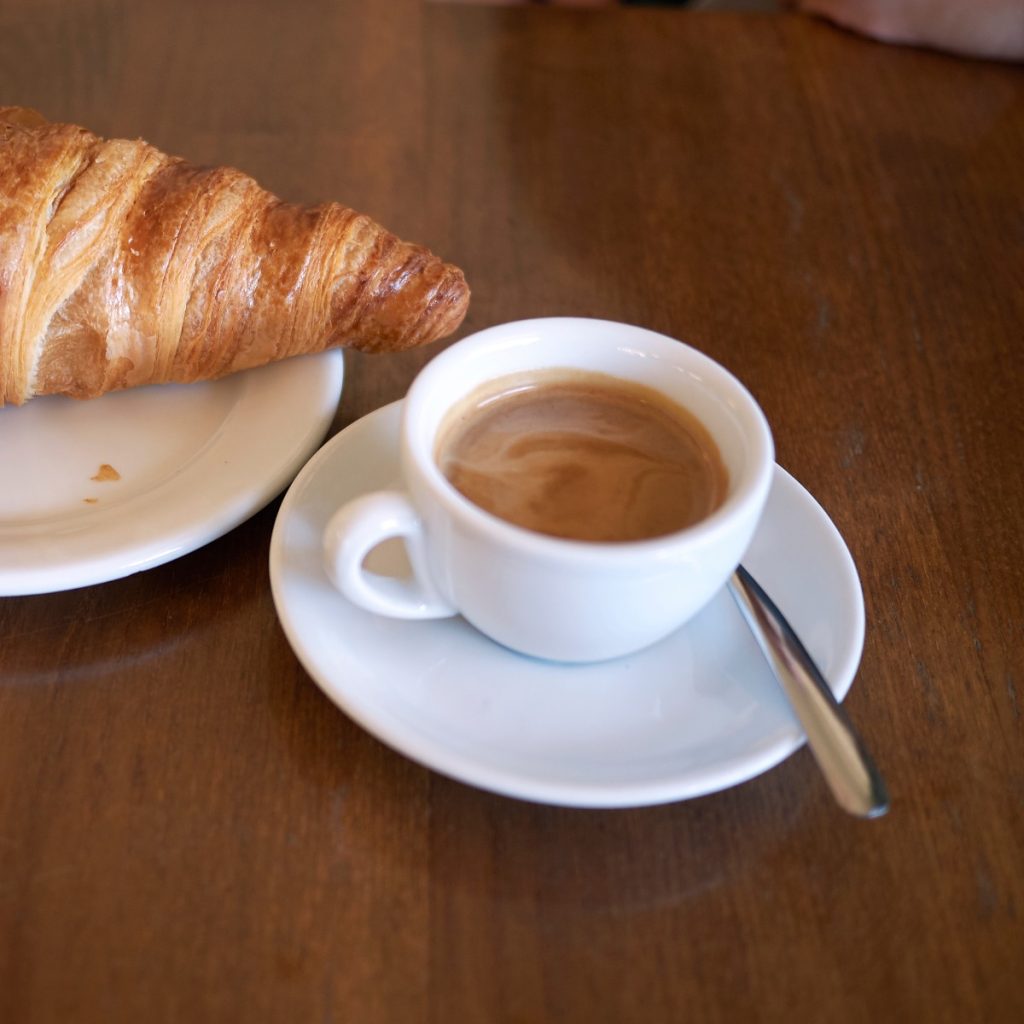
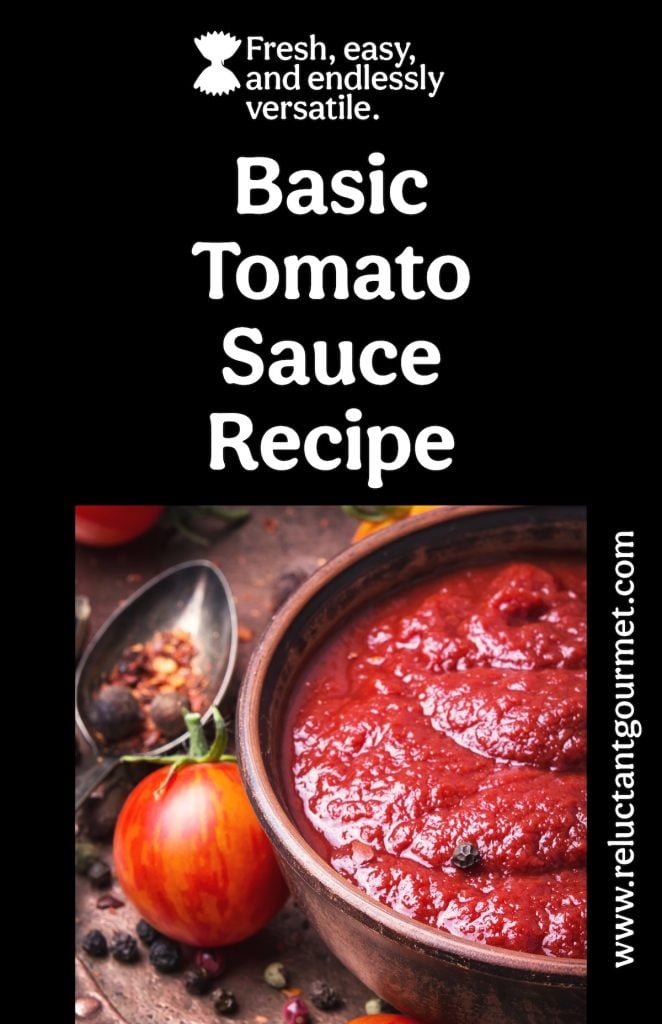
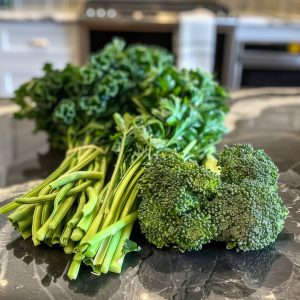
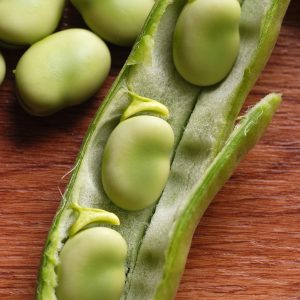
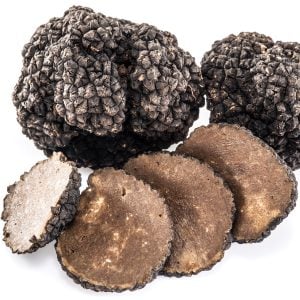
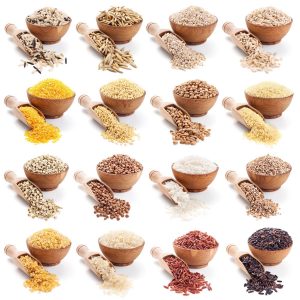
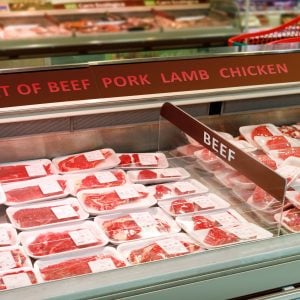
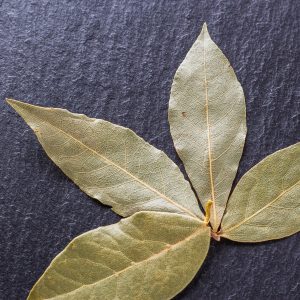
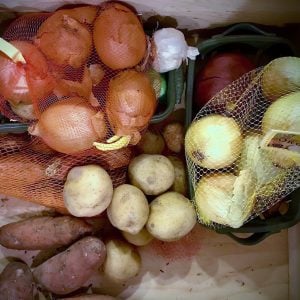


2 Responses
Hi. How much caffeine is there in instant espresso powder.
Instant espresso powder typically contains 30–60 mg of caffeine per teaspoon (about 2 grams). This amount can vary by brand and preparation method. In comparison, a shot of freshly brewed espresso has about 63 mg of caffeine. If you’re using instant espresso powder for baking or making drinks, keep in mind that the caffeine content will add up depending on how much you use.